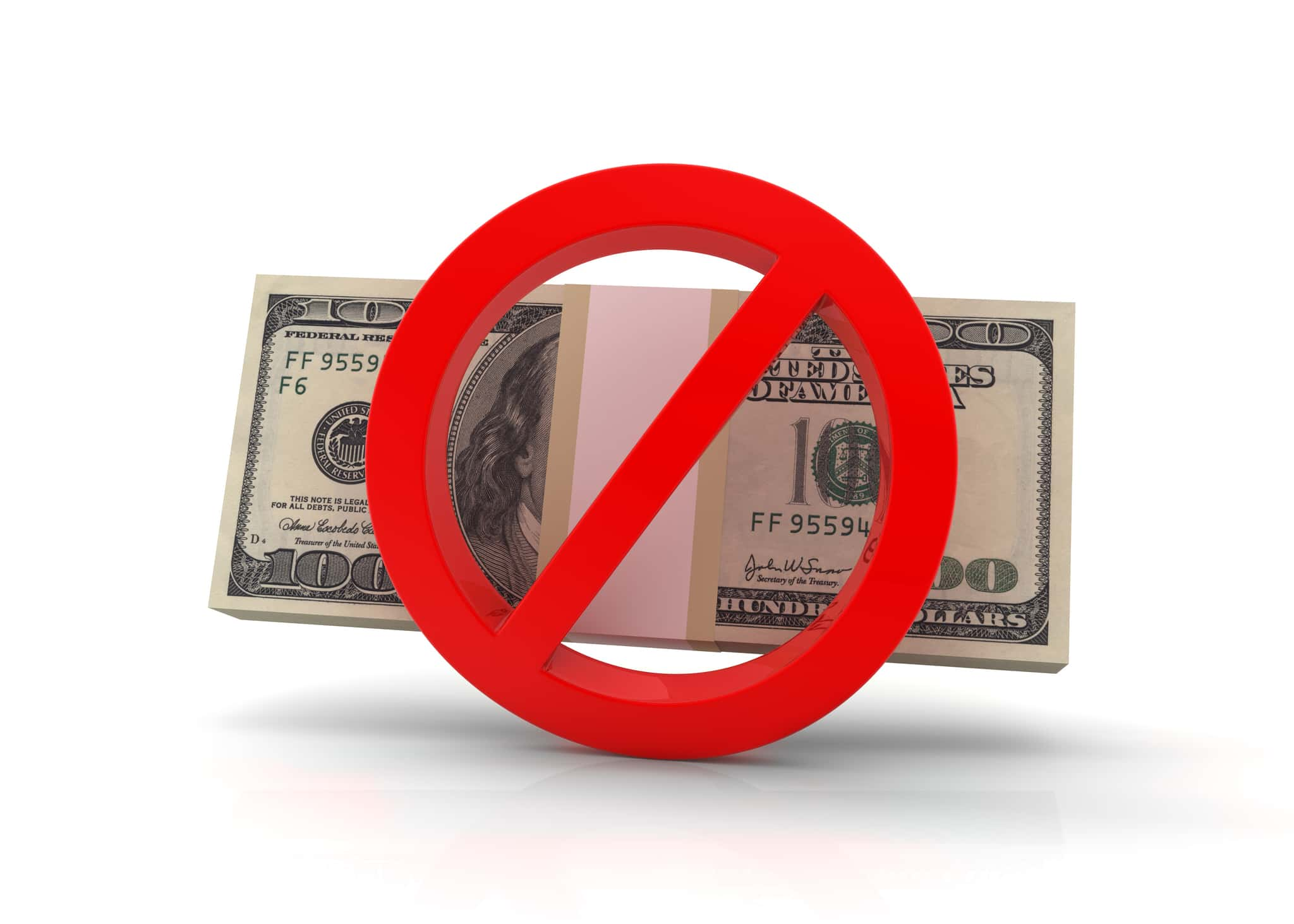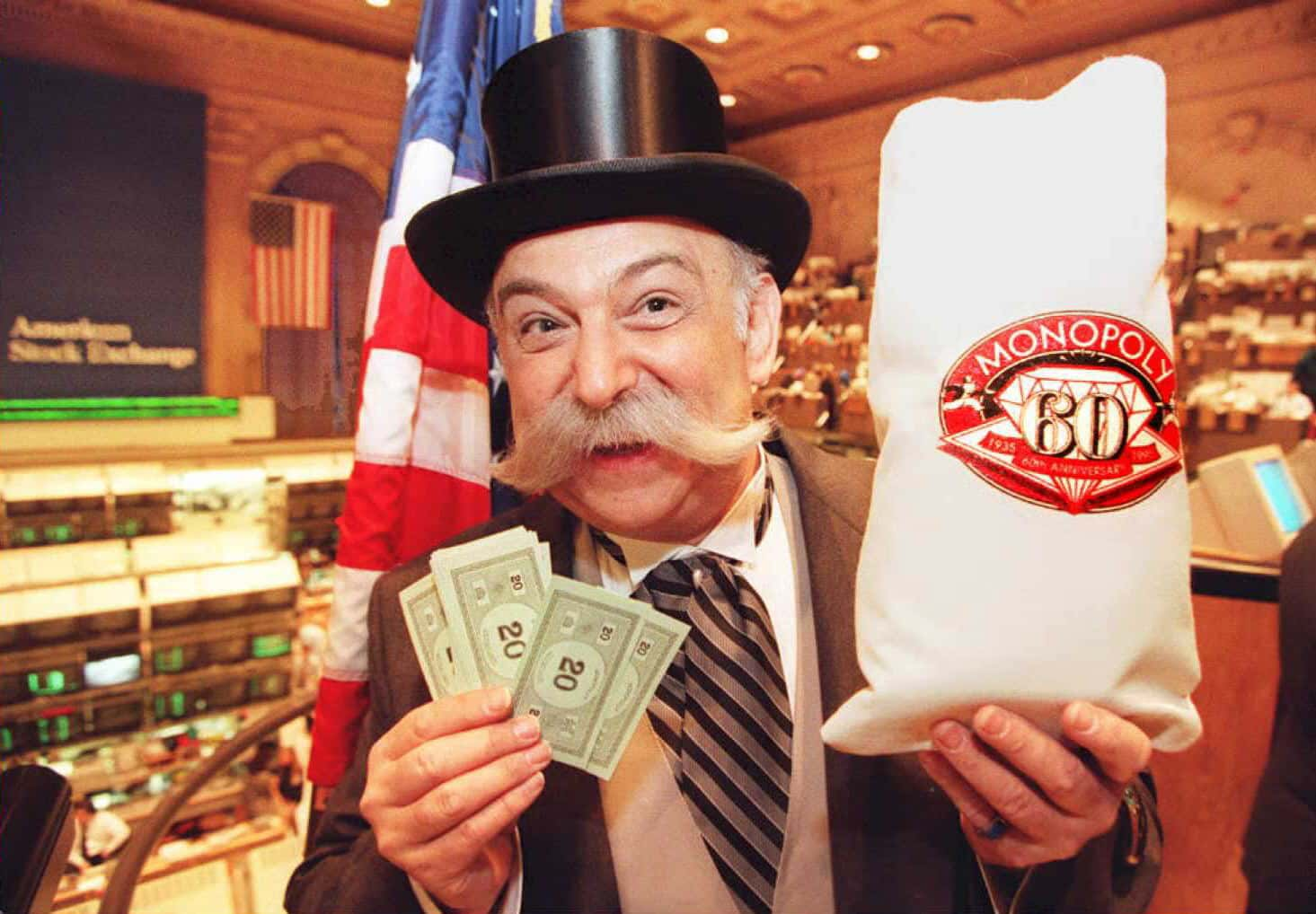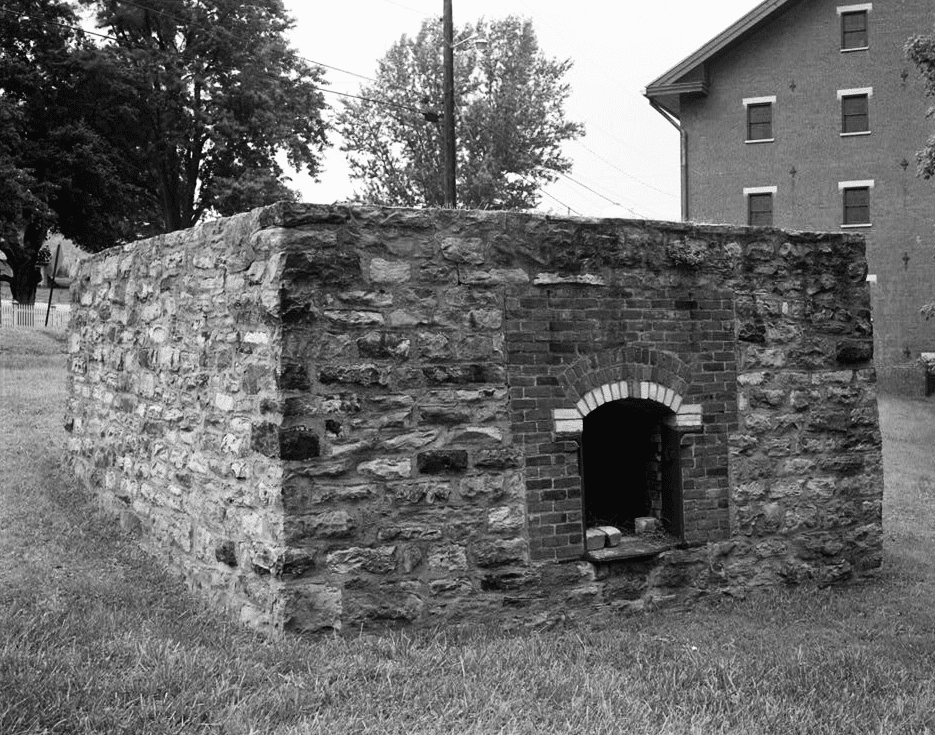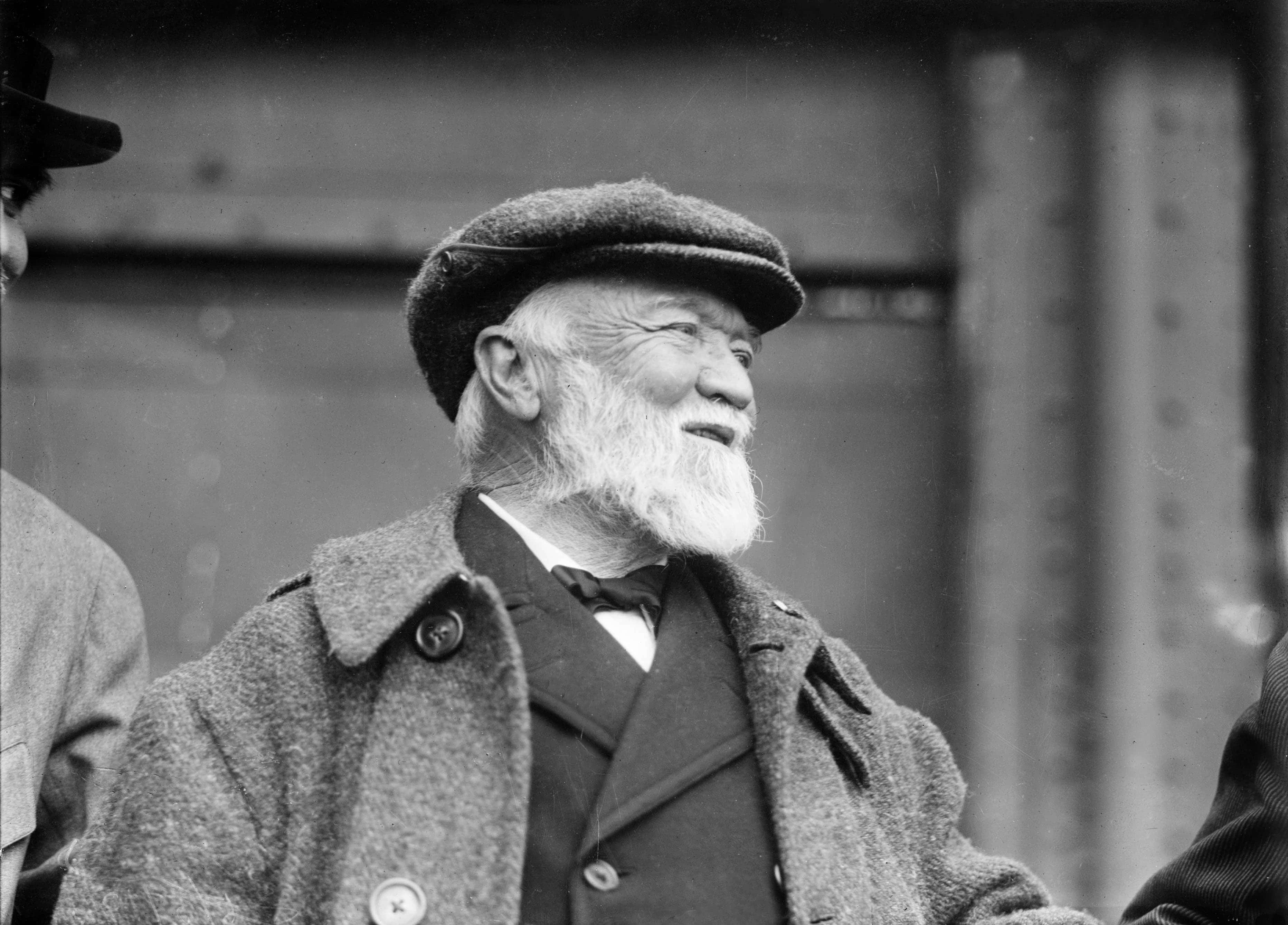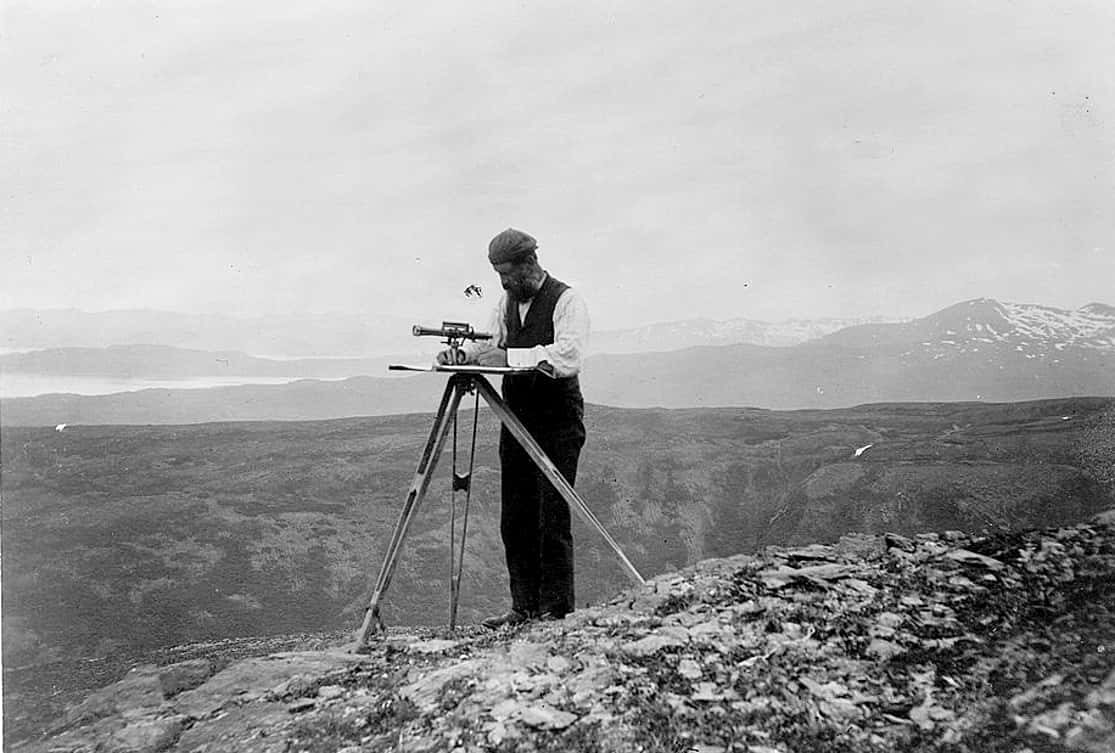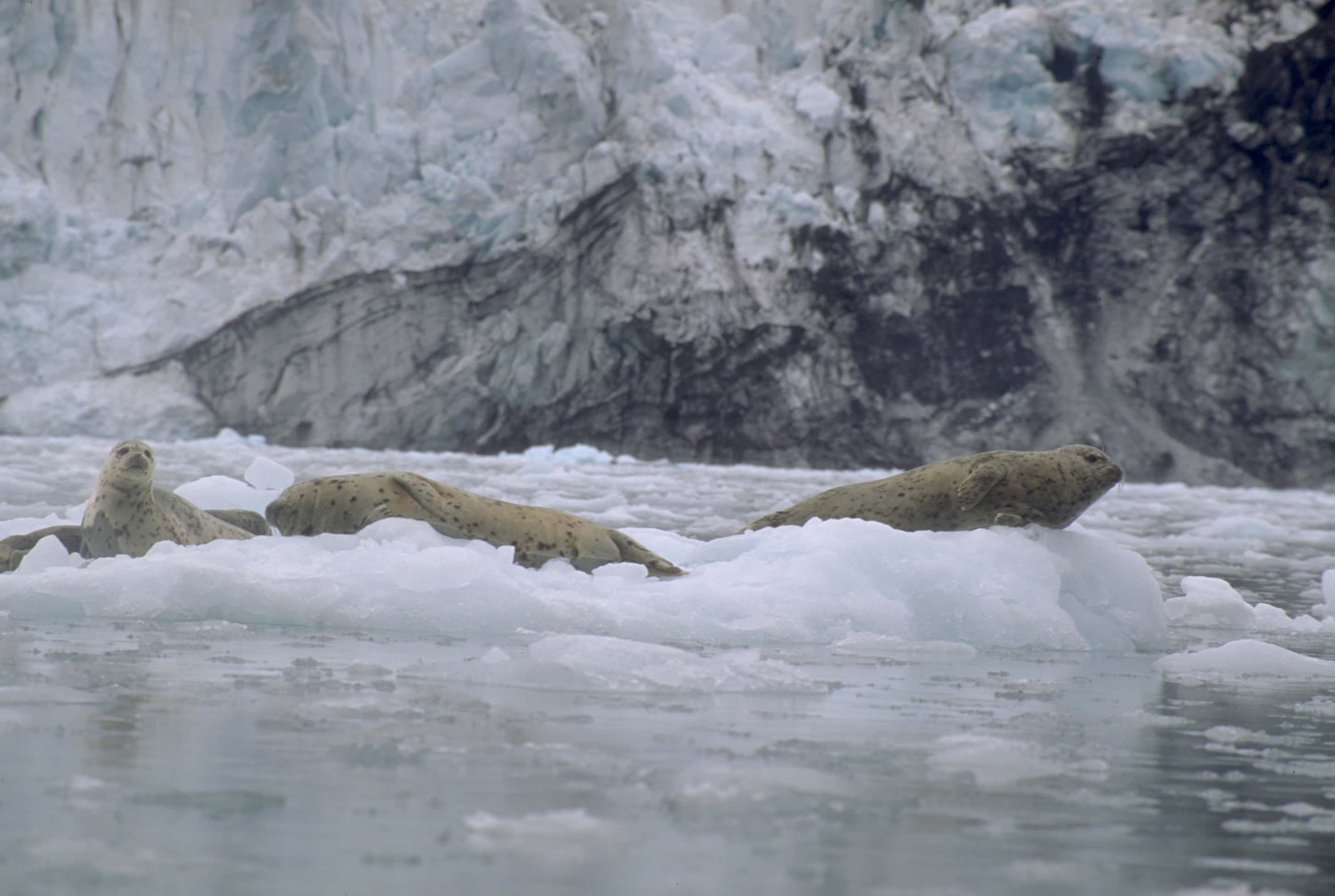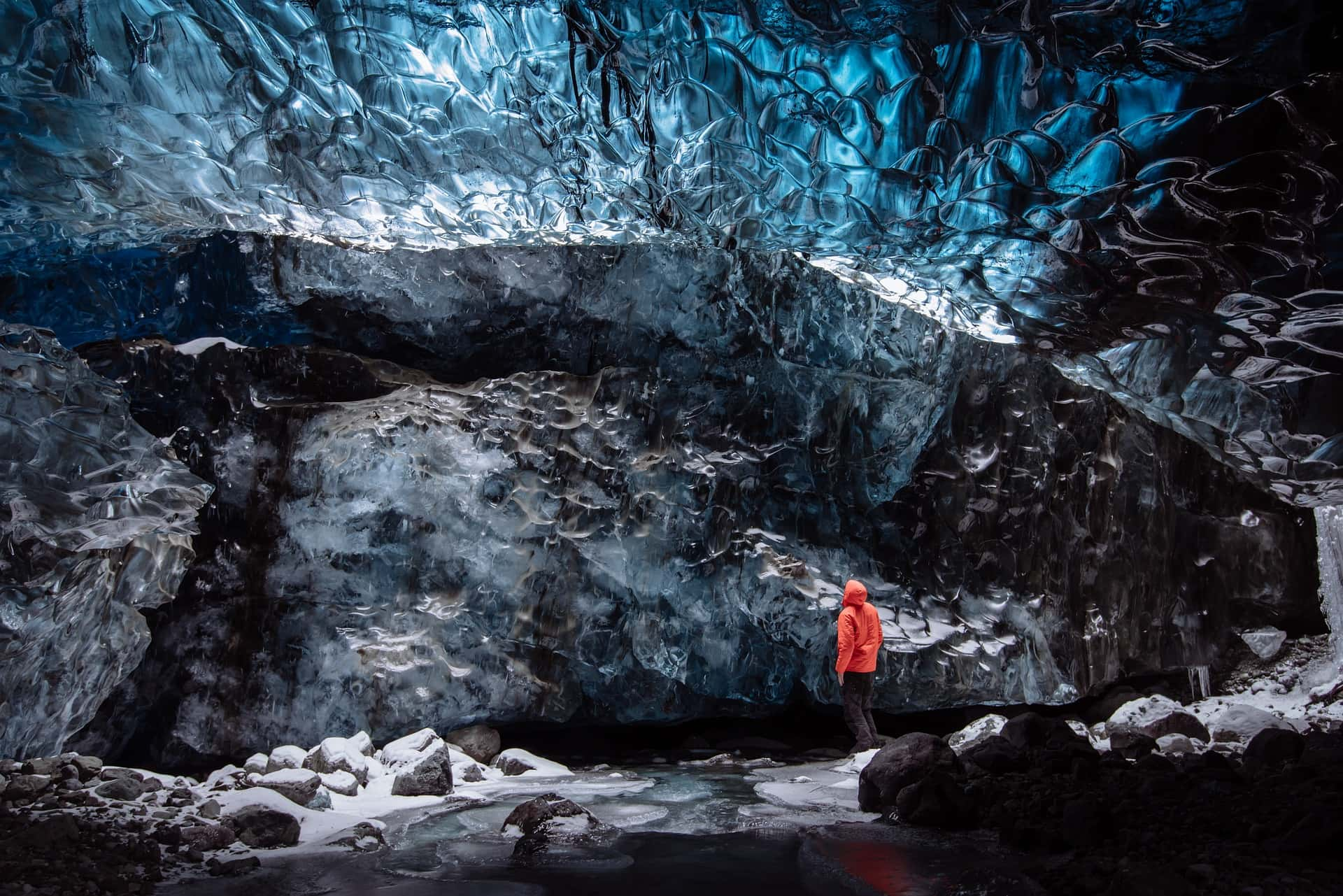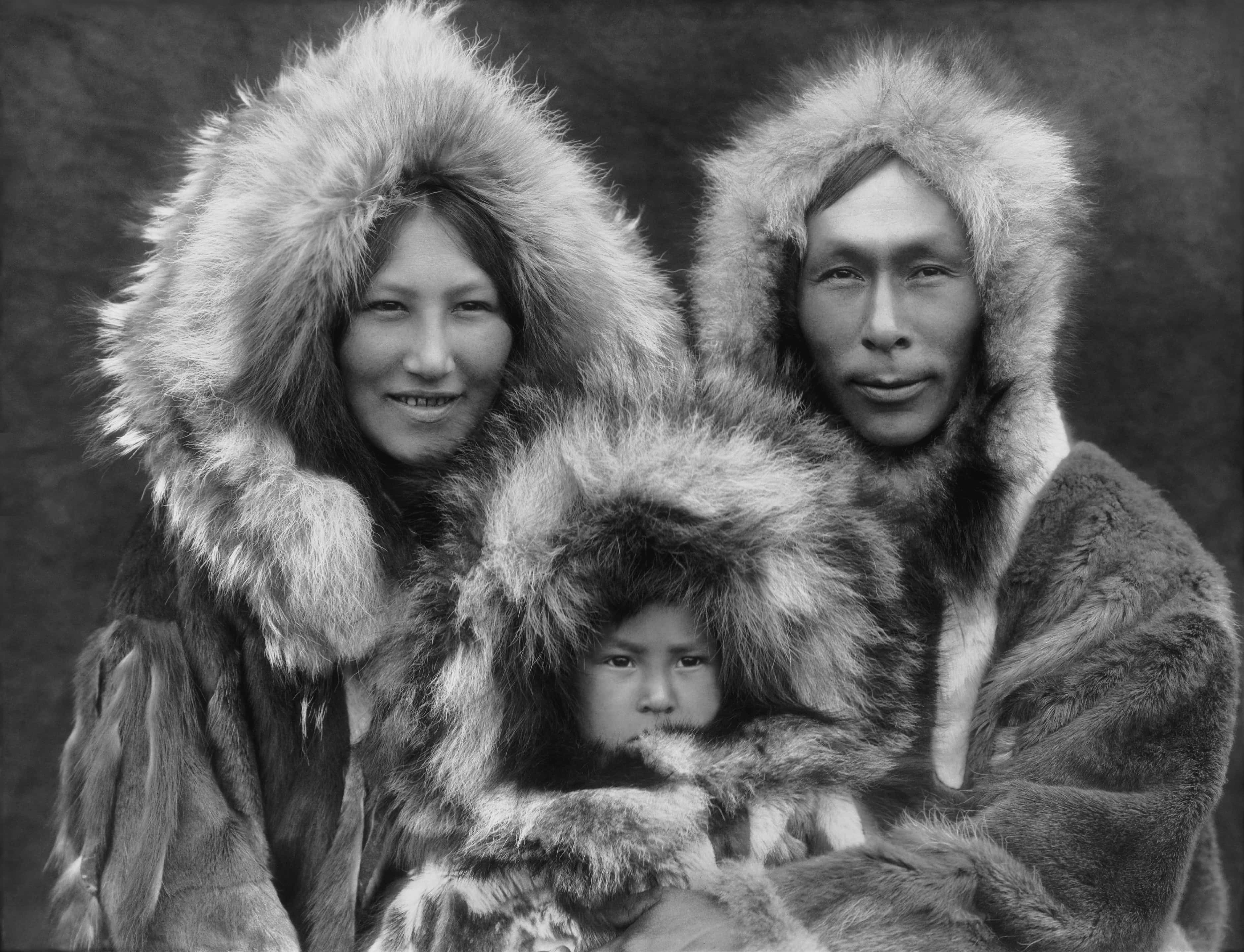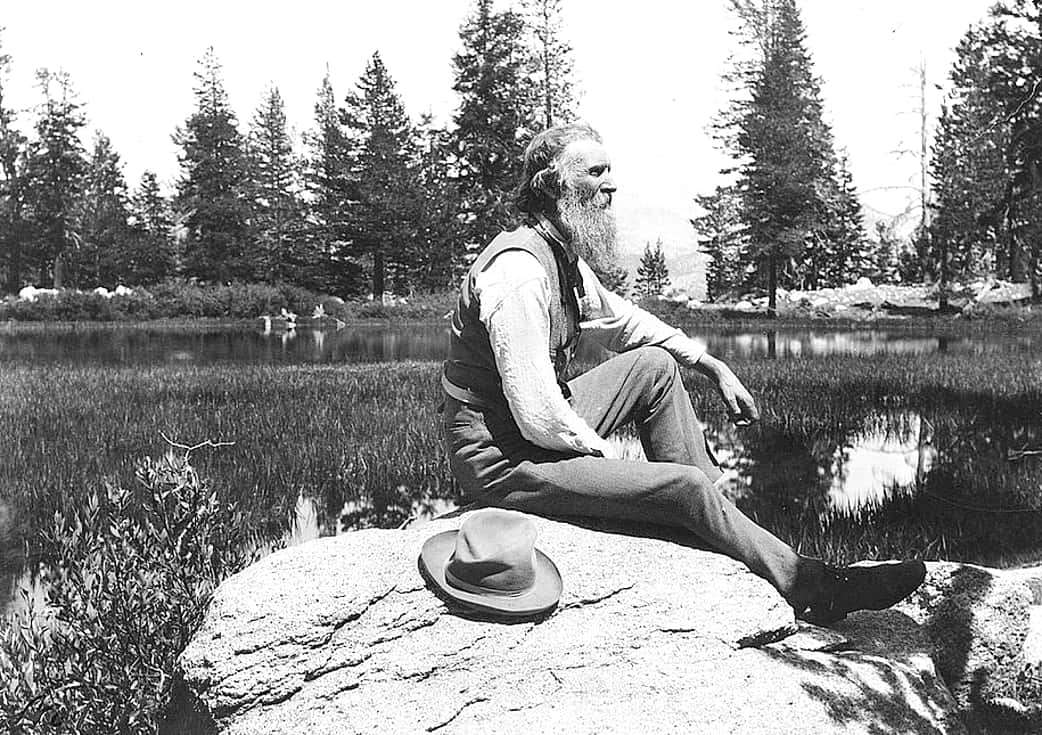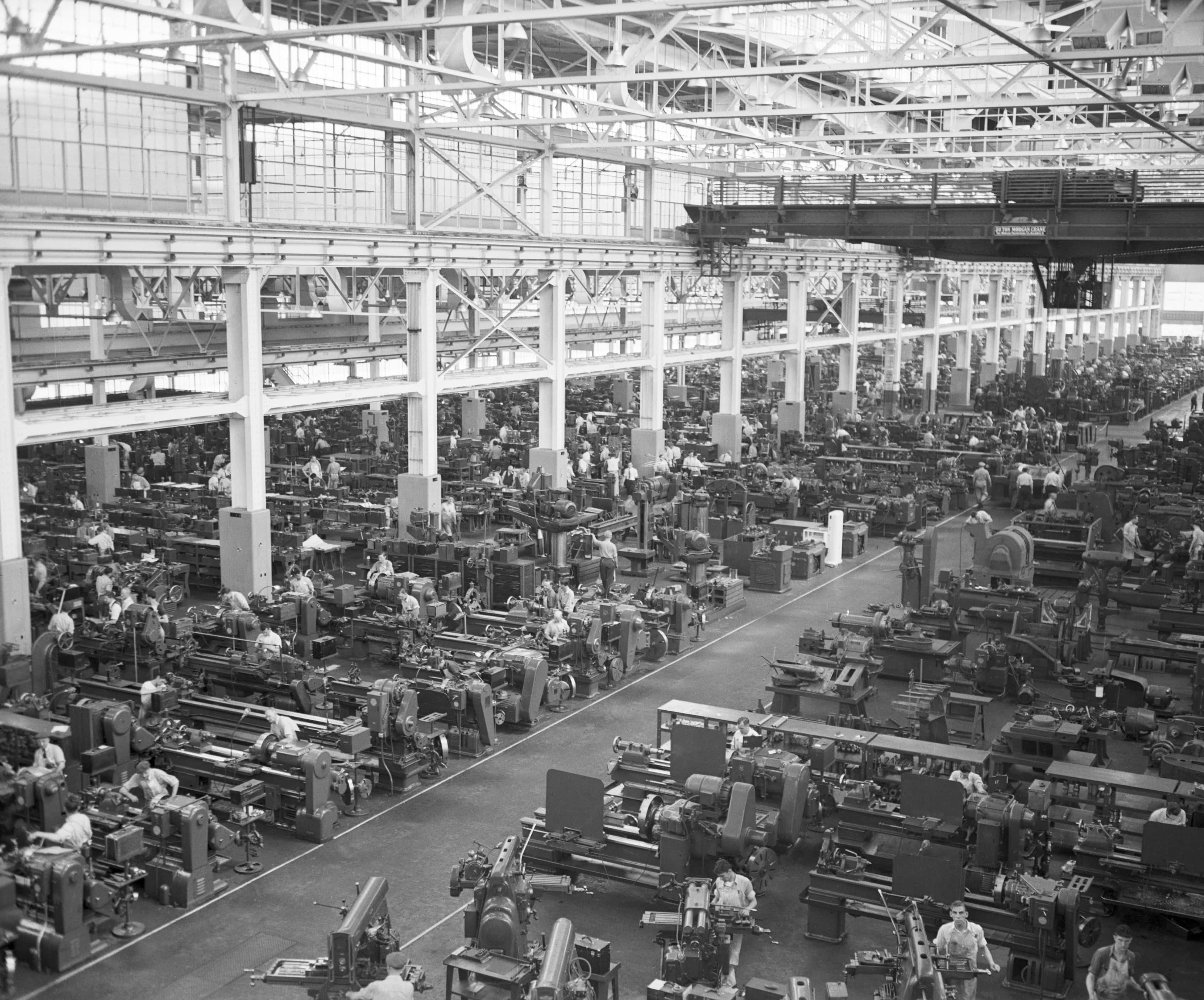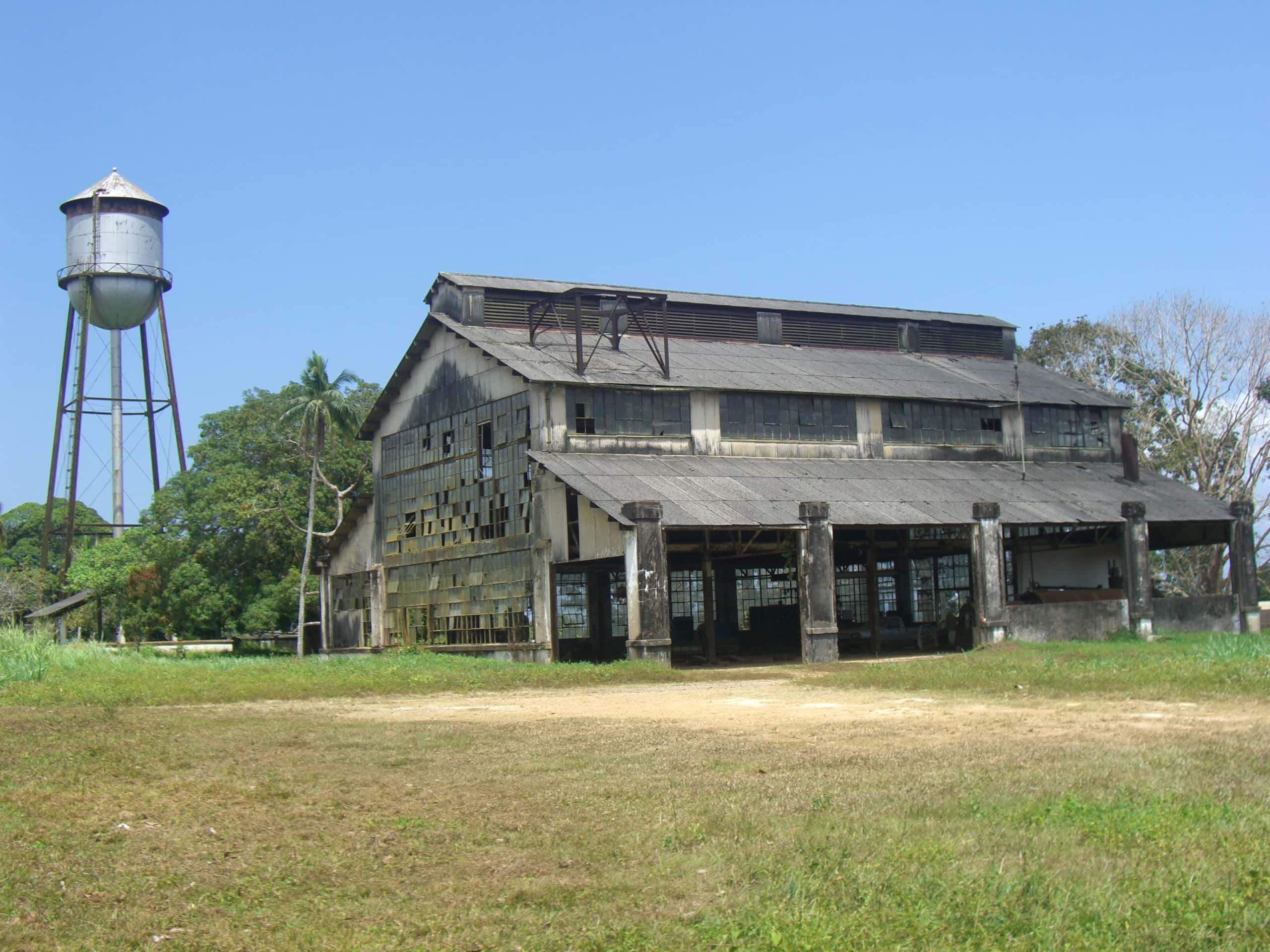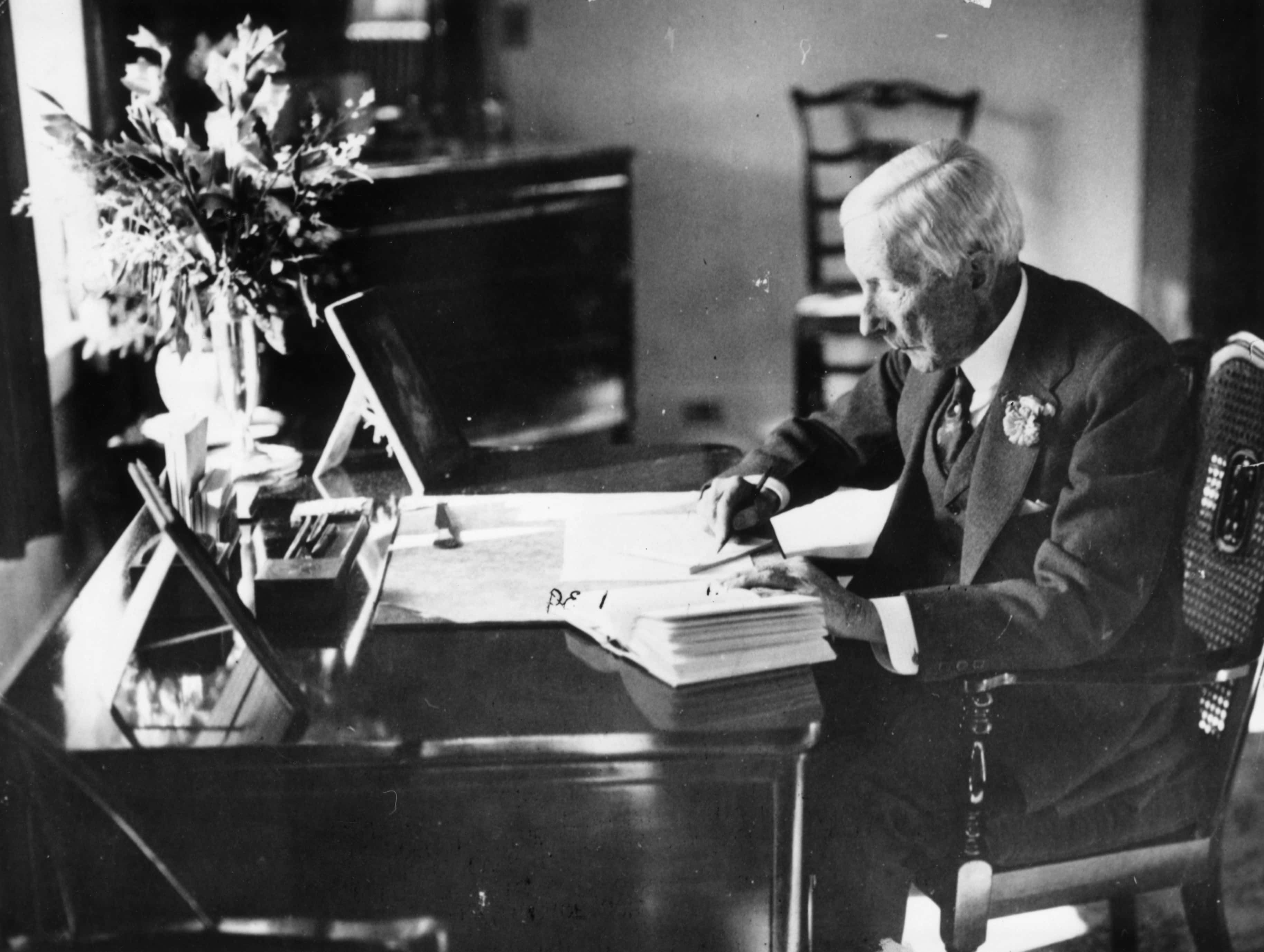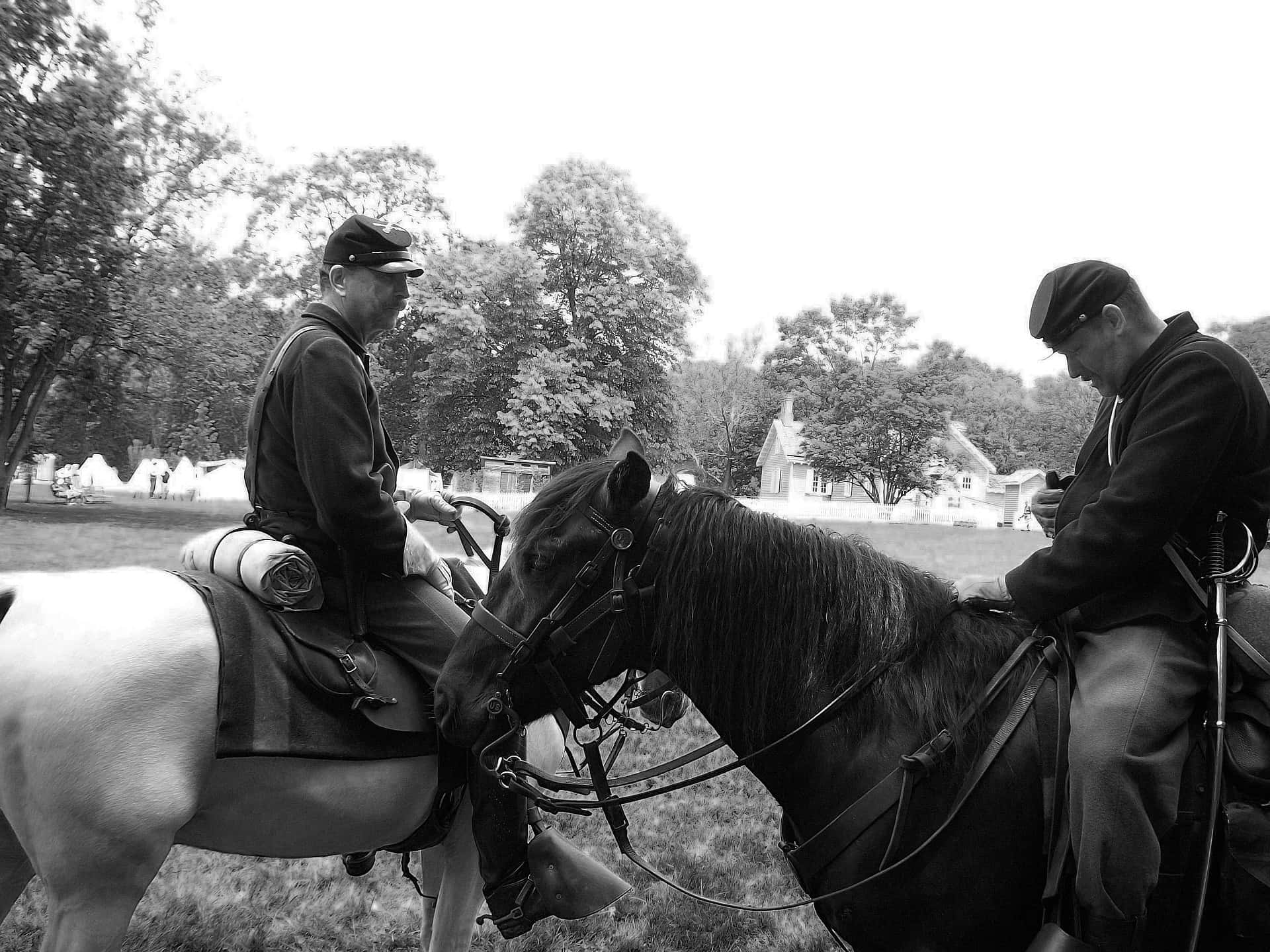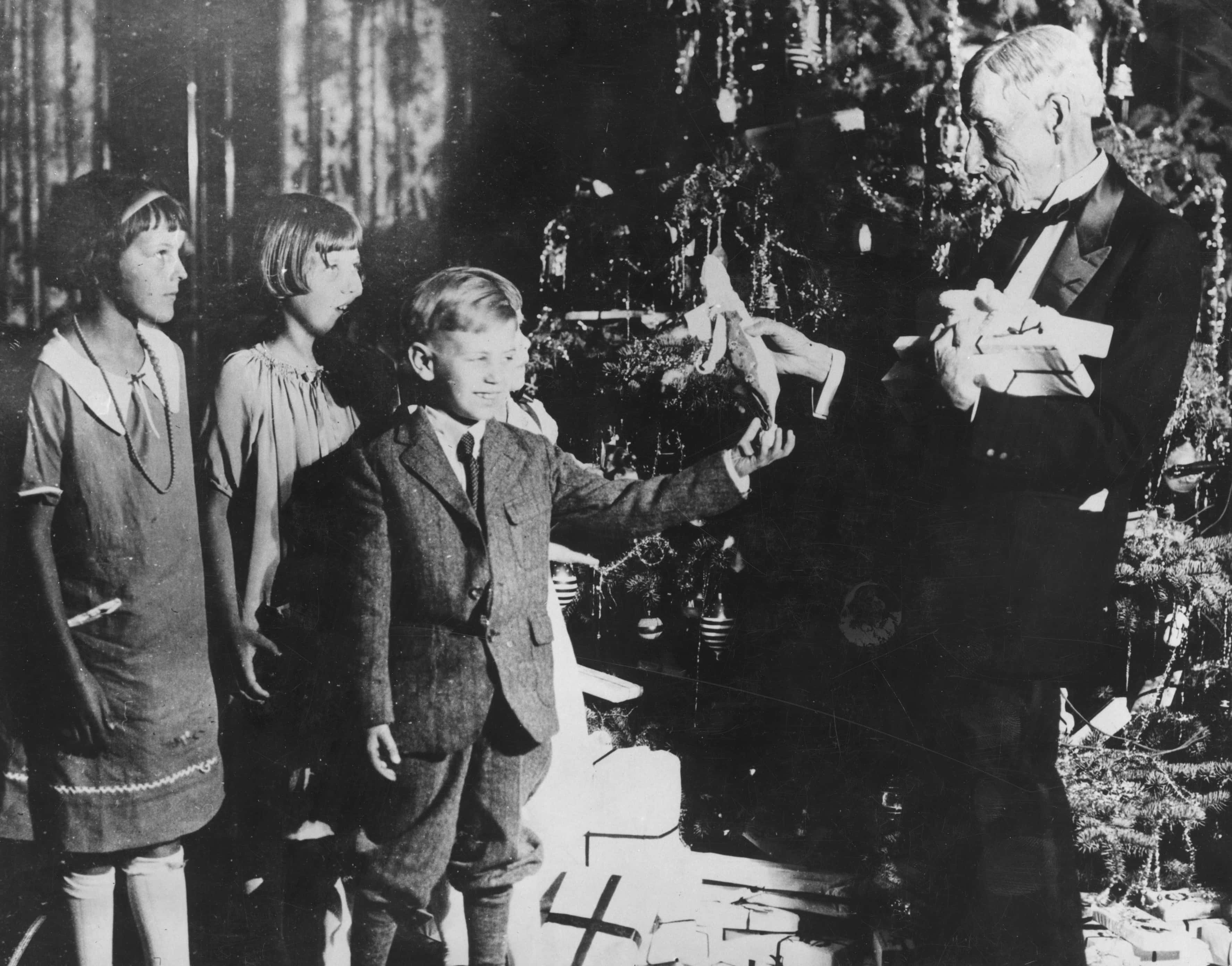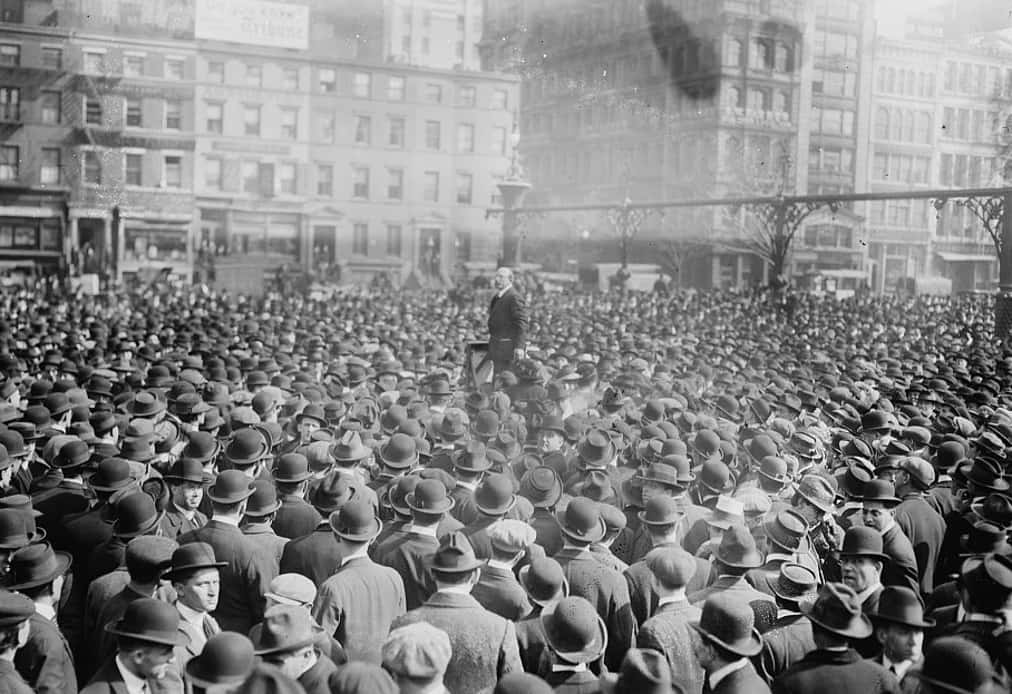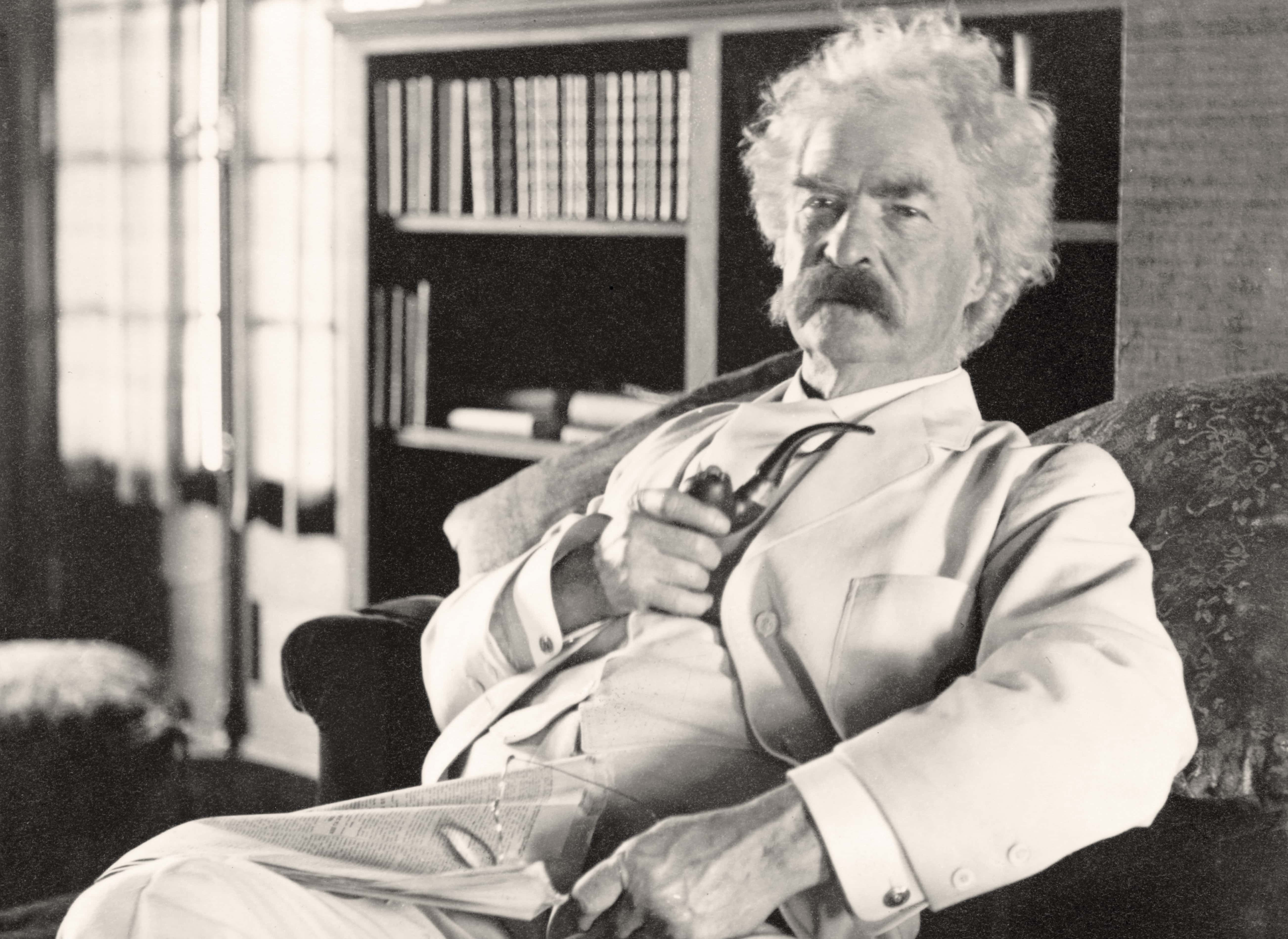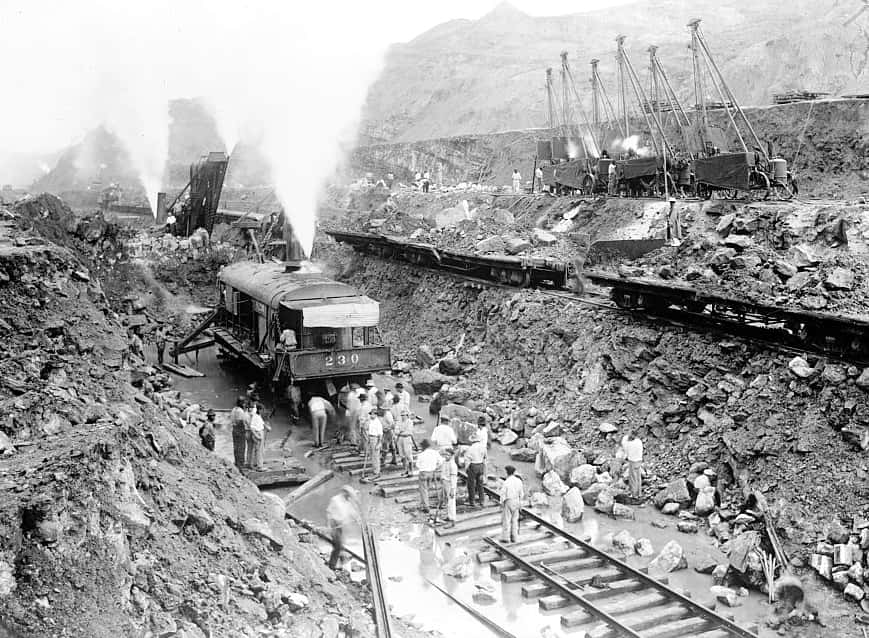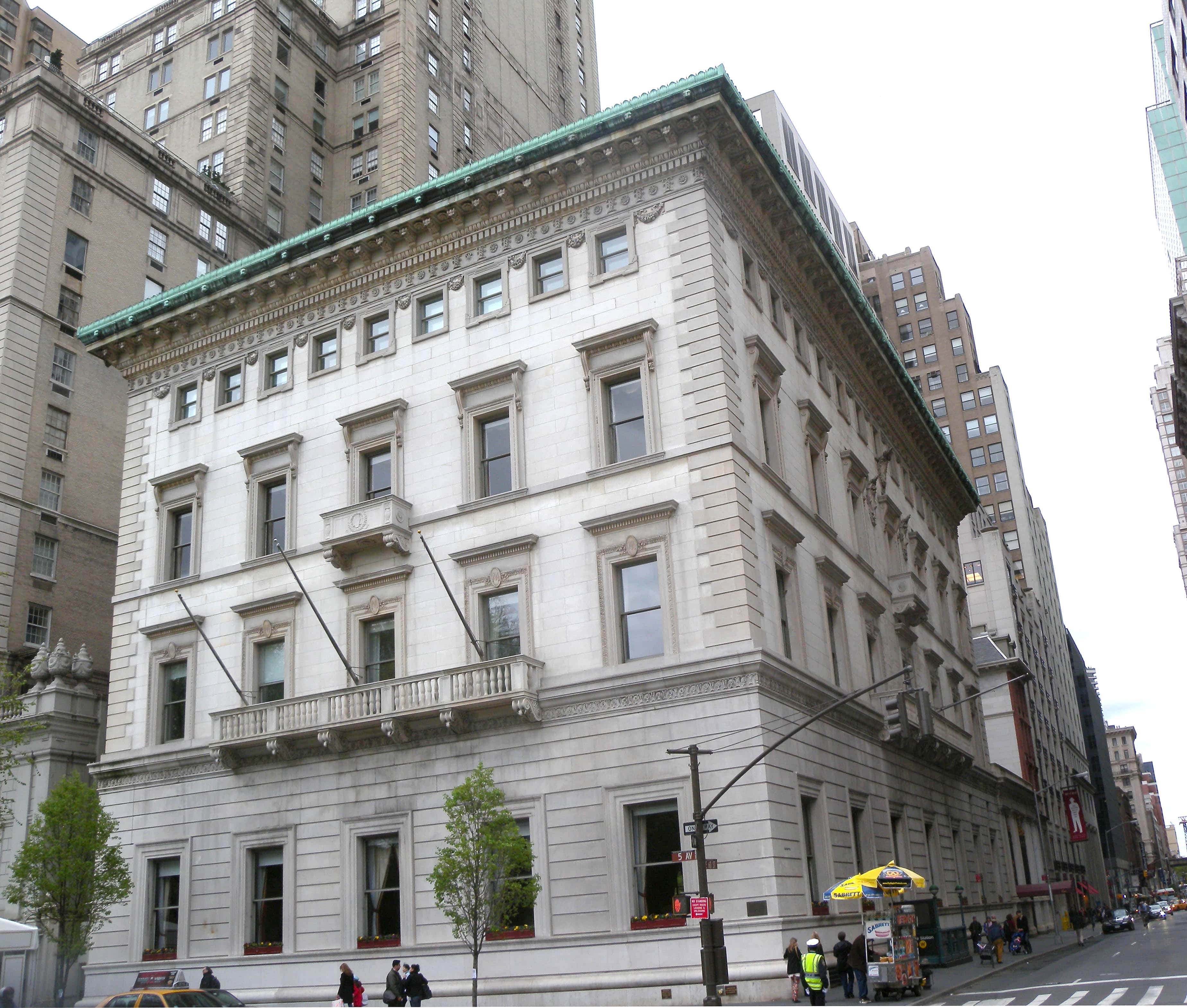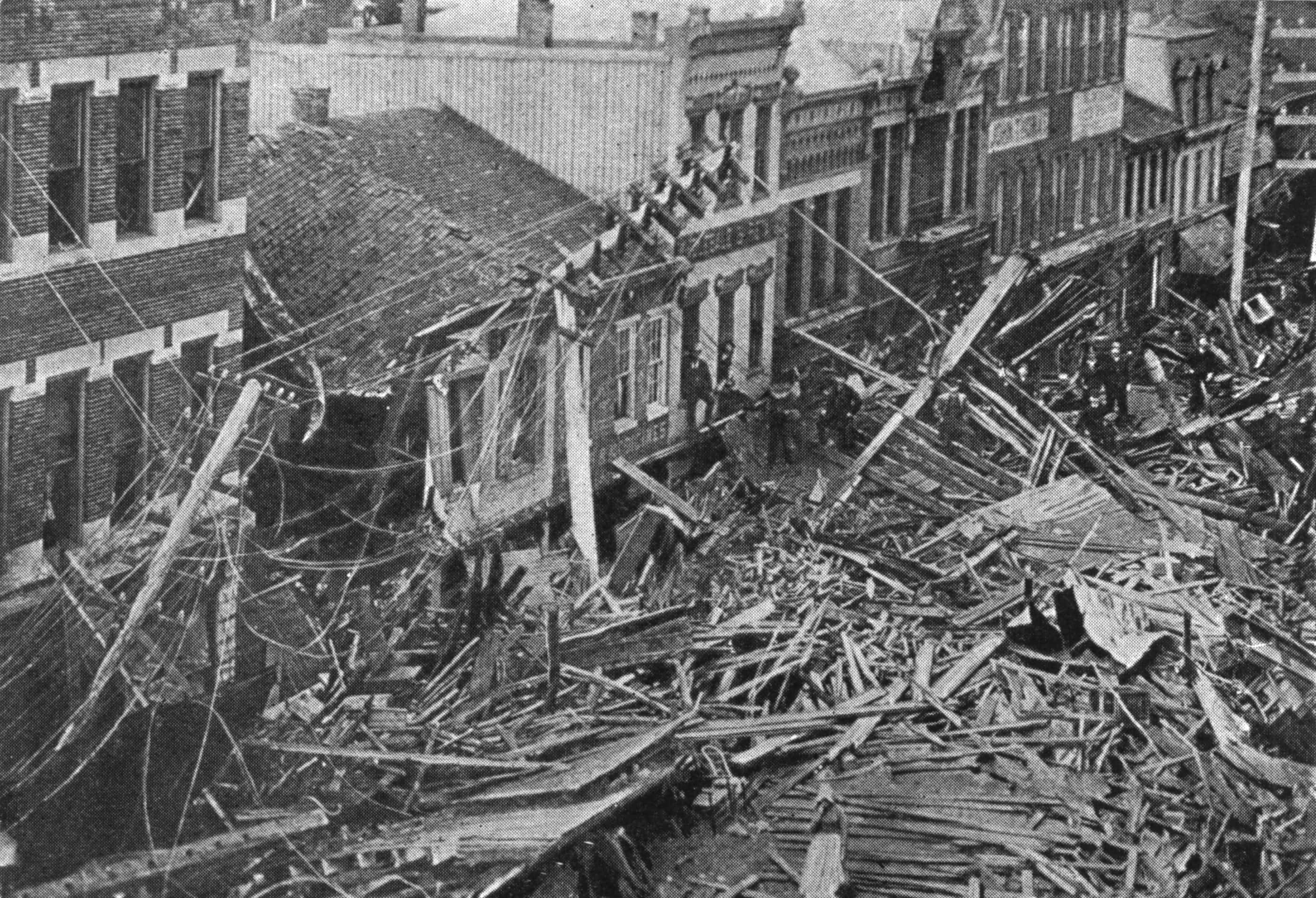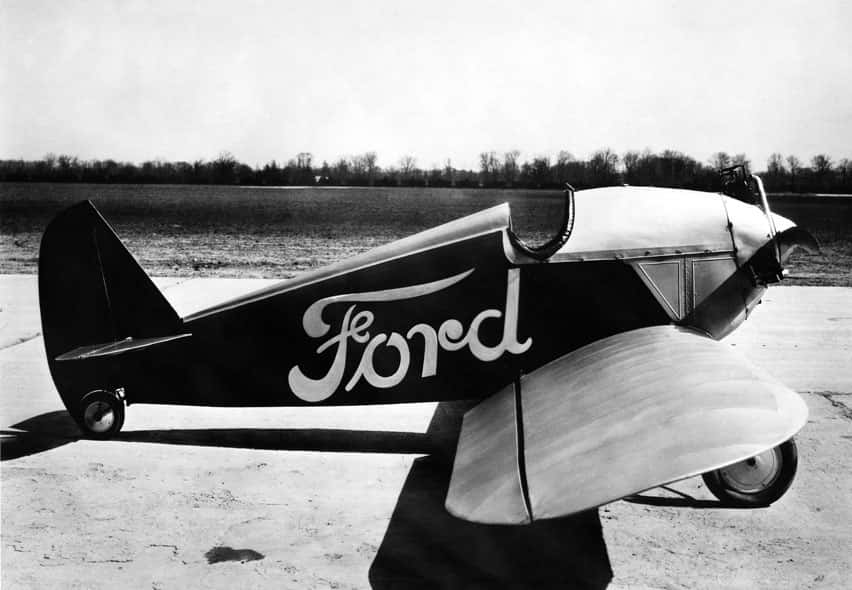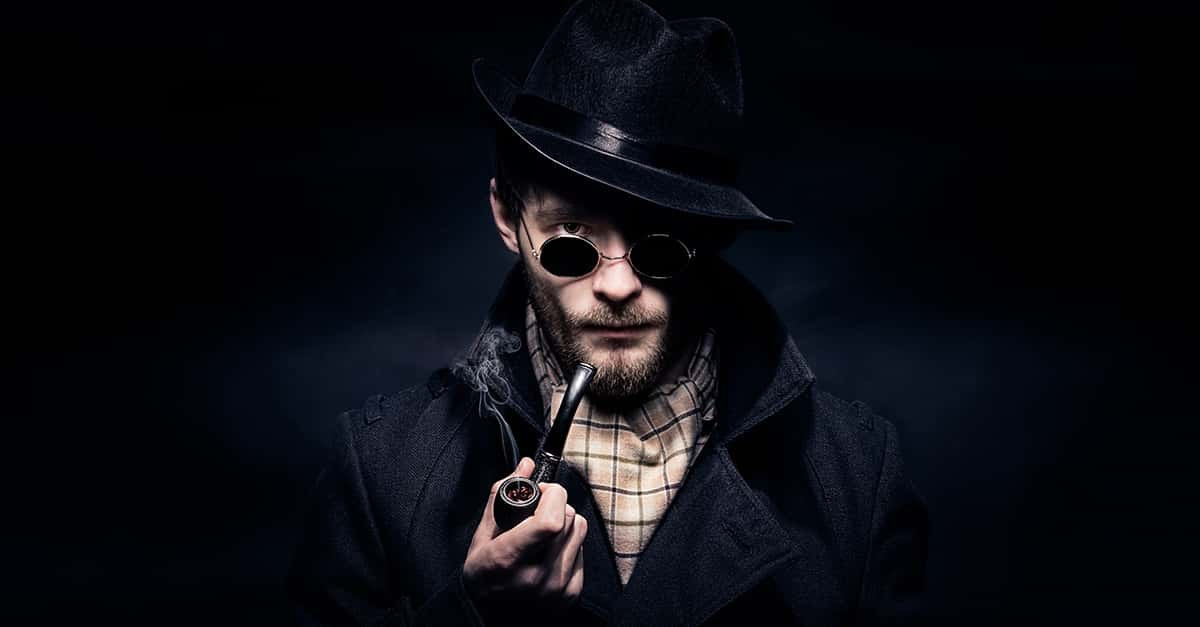“Very few of the heroes of the Golden Age of American finance had much interest in the solid realities of what underlay their structure of stocks and bonds and credits. Later on, a Henry Ford might introduce an era of intensely production-minded captains of industry, but the Harrimans, Morgans, Fricks, and Rockefellers were far more interested in the exciting manipulation of huge masses of intangible wealth than in the humdrum business of turning out goods.”—Robert Heilbroner
“The Captains of Industry have always counseled the rest of us 'to be realistic.' Let us, therefore, be realistic. Is it realistic to assume that the present economy would be just fine if only it would stop poisoning the air and water, or if only it would stop soil erosion, or if only it would stop degrading watersheds and forest ecosystems, or if only it would stop seducing children, or if only it would stop buying politicians, or if only it would give women and favored minorities an equitable share of the loot?”—Wendell Berry
Ah, the Captains of Industry, perhaps known better as the Robber Barons. Or, maybe, simply known by the brand names that they now are, a century after they helped build the United States on the backs of its people (JP Morgan, Rockefeller Center, Carnegie Hall, the list goes on). Everyone has certainly heard the names, even if they don't know all about the men themselves: the Astors, the Fords, the Rockefellers, the Carnegies, the Vanderbilts. But what did they do to make their money? What about the lesser known facts about these wealthy men? Well, let’s find out!
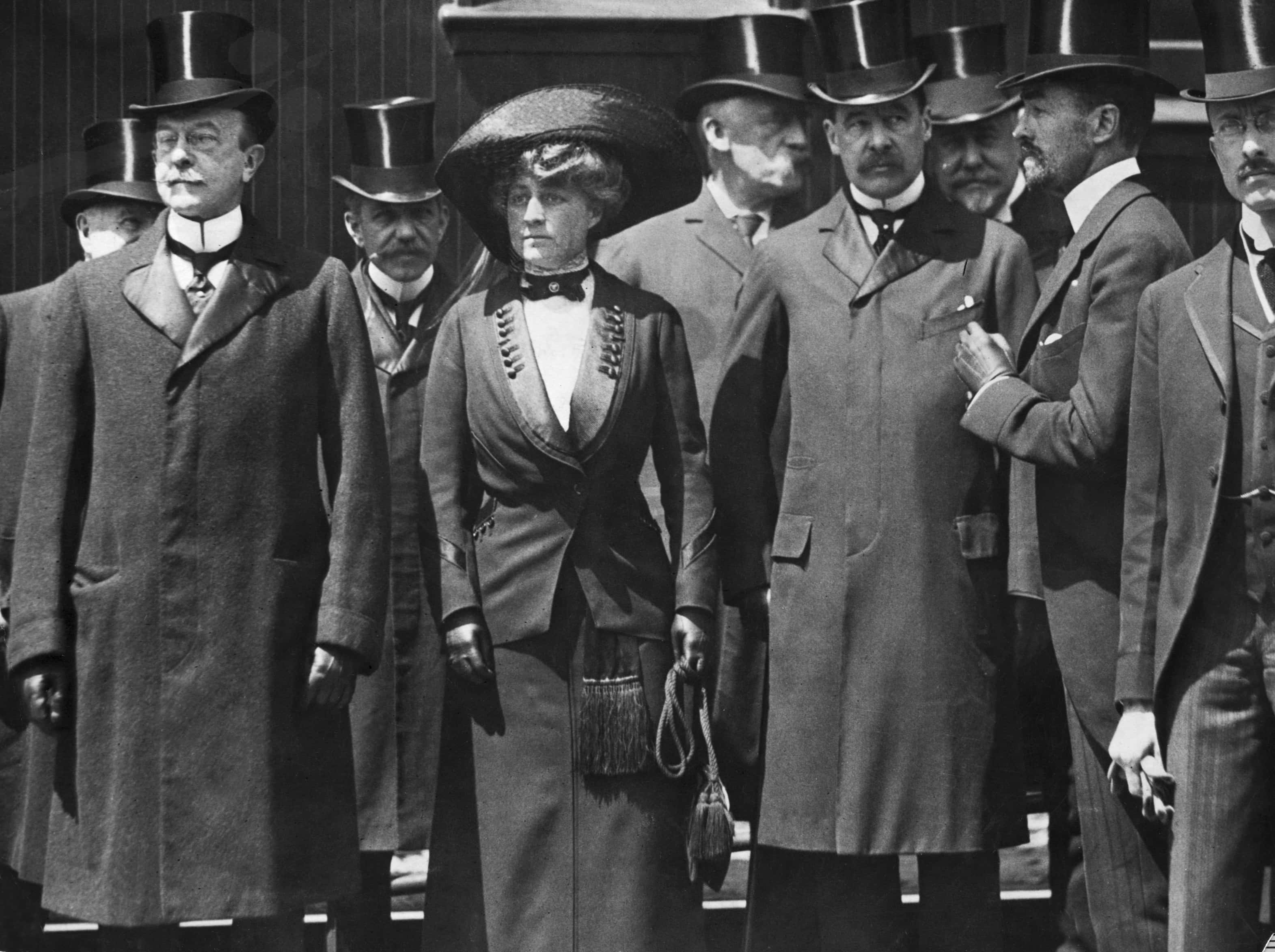
Robber Barons Facts
42. Head of Monopoly
The signature character of everybody's favorite board-game-created-to-warn-people-about-the-dangers-of-capitalism was molded after JP Morgan: The character “Rich Uncle Pennybags,” as he is called, from the board game Monopoly.
41. Morganite
One of JP Morgan’s favorite hobbies was collecting minerals—I know, sounds thrilling right? Luckily for him, he could afford anything he wanted, and he collected an enormous amount of, well, rocks. He had over 1,000 different pieces in his personal collection, and in 1911 he even had a type of pink beryl named “morganite” after him.
40. It’s Nice to Have Wealthy Friends
Henry Clay Frick got his start working as a bookkeeper for his wealthy grandfather’s company, but he made his name by using his family’s money to purchase coal mines in his home state of Pennsylvania. Oh, and he had some help from a family friend by the name of Andrew W. Mellon. By the time he was done with this incredibly lucrative venture, he controlled 80 percent of the coal being produced in Pennsylvania.

39. Frick’s Love for Coke
Crick’s first great venture was creating coke from coal, with the help of two cousins and a friend. Coke is a fuel made by heating up coal in a chamber without air, and Frick and company did this by using a beehive oven. This lead to his first company, Frick Coke Company.
38. Frick and Carnegie Sitting in a Steel Mill, M-A-K-I-N-G M-O-N-E-Y
The Captains of Industry often worked together. One such relationship was between Henry Frick and Andrew Carnegie, who met during Frick’s honeymoon. Their relationship would in part lead to United States Steel and was based in a trade negotiation between the two men for Frick to maintain a supply of coke to Carnegie’s steel mills.
37. Take a Break, Ed
When Edward Harriman was told by doctors that he was over exhausted from all of his work and needed a vacation, he did what anybody with unlimited resources and an unquenchable thirst for power would do: chart an expedition to Alaska. Known as the Harriman Alaska Expedition, he recruited the very best of the scientific community and charted the Pacific coast, from Seattle to Siberia and back. This expedition would prove to be a turning point in the transition from 19th to 20th-century sciences, as the team discovered how the wildlife of the region was being destroyed by the gluttonous efforts of man.
36. Bear Hunting
No one knows exactly why Harriman decided to go to Alaska, but there were many rumors swirling at the time, including that he wanted to buy the state for himself. The most realistic explanation, however, is that he simply wanted to hunt some bears, notably the Kodiak Bear, as he was a bear hunting enthusiast. Harriman figured, hey, why not document the journey along this virgin land as well!
35. The Harriman Fjord
Due to all of his efforts, when the expedition came across a fjord in the northwestern corner of the Prince William Sound that was previously undocumented in western records, they named it the “Harriman Fjord.”
34. Add the Glacier into the Fjord
At the head of the Harriman Fjord there also lies the Harriman Glacier, which stretches to eight miles in length. Take that, other Captains of Industry! While most of them have man-made structures named after themselves, Edward Harriman has lent his name to eons-old geological structures! Even if that is only because there are no more Indigenous peoples around to say what they called the fjord or glacier before the expedition came around...

Sign up to our newsletter.
History’s most fascinating stories and darkest secrets, delivered to your inbox daily. Making distraction rewarding since 2017.
33. Glacier Science
The Harriman Alaska Expedition didn’t just name glaciers, but it allowed for a new field of work to be opened up. One of the scientists who came along the journey was Grove Karl Gilbert, a notable geologist who would pioneer a new way of thinking about glaciers, thanks to the expedition.
32. Ethnographic Importance
The Harriman Alaska Expedition, for all its initial egotistic beginnings, has an important legacy in American sciences and ethnography. Among the intellectuals aboard the expedition were Edward Curtis and George Grinnell, anthropologists who would form a friendship that would lead to Curtis making groundbreaking contributions to the Western understanding of the Native American way of life.
31. The National Parks Friendship
Many may know of John Muir, the man called the “Father of the National Parks.” But what you may not know is that if it weren’t for his ride along with Harriman during the Alaska expedition, the National Parks project may have never been fully realized. Muir initially could not stand Harriman, but during the trip, a friendship sprouted between the two, and it would be Harriman who Muir recruited as his heavy hitter lobbyist to speak to politicians when trying to pass legislation on the National Parks.
30. Kickin’ it with Harriman
Edward Harriman was a fan of martial arts. After spending two months in Japan in 1905, he returned to the United States with a group of ju-jitsu martial artists, a discipline he fell in love with while there, and introduced it to the people of his country by putting on a performance at Columbia University.
29. Favorite Cousins
Cornelius Vanderbilt married two different women in his life. His first wife was Sophia Johnson, with whom he had 13 children over the years. After Sophia passed away in 1868, he remarried a woman by the name of Frank Armstrong Crawford. What is even more bizarre than his second wife being named Frank? That both of his wives were his cousins.
28. Top Three
In calculating the richest men in the history of the United States, adjusted by share of the nation's GDP, it is found that the top three would all be Captains of Industry. The honor of first place would go to John D. Rockefeller, with Cornelius Vanderbilt and Andrew Carnegie coming in second and third place, respectively.
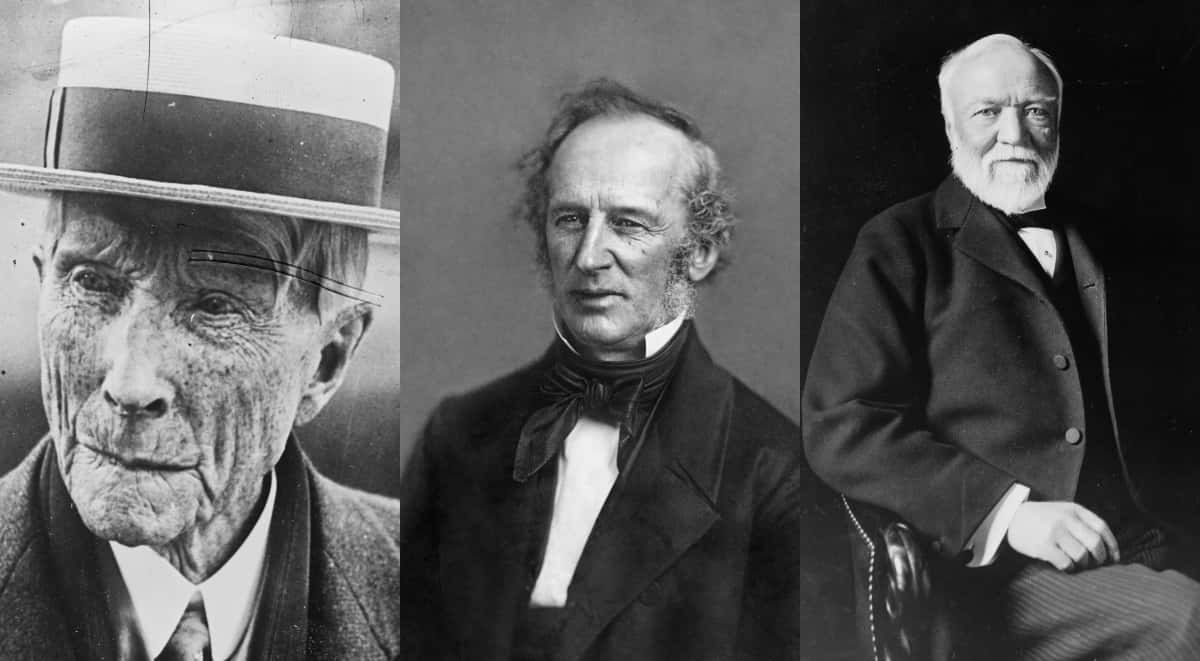
27. Farmboy Ford
Henry Ford may have been the man synonymous with factories and the mechanical use of assembly lines, but he actually grew up in the antithetical environment. Ford was raised on a farm in Greenfield Township, Michigan.
26. Organizing the Farm
It was his time on the farm that inspired Ford to start experimenting with new means of efficiency. In fact, Ford hated working on the farm, which in turn is what drove him to what eventually manifested as the assembly line.
25. Fordlandia
Ford tried to build his own little profitable paradise in the middle of the Amazon late in the 1920s. He built an isolated town deep in the rainforest that would be based around harvesting rubber by exploiting the natives. This would prove to be the biggest failure of Ford’s life, as he faced serious resistance from the local Indigenous, and a tide of insects plagued the production of rubber. What was his town called? Fordlândia, of course!
24. Six Cents of Libel
Ford was not a fan of people talking bad about him, and in 1919 he sued the Chicago Tribune for libel after they made disparaging remarks about him. Labeling him both an anarchist, and somehow also an “ignorant idealist,” the Tribune attempted to prove his ignorance in the courtroom by asking him trivial questions. Well, maybe they weren’t so trivial, as Ford answered some of them wrong, including a question asking when the American Revolution took place.
Ford ended up winning the case, and the Chicago Tribune was ordered to pay him six cents. Yes, six cents. The Tribune never did pay the money.
23. Churchill Asks for Too Much
The Rockefellers wanted Winston Churchill to write patriarch John D. Rockefeller’s biography. They went to Churchill in the 1930s, even before he had won a Nobel Prize for Literature, and offered him to the opportunity, but ultimately declined Churchill’s demand for $250,000. What are they, made of money? Oh wait...
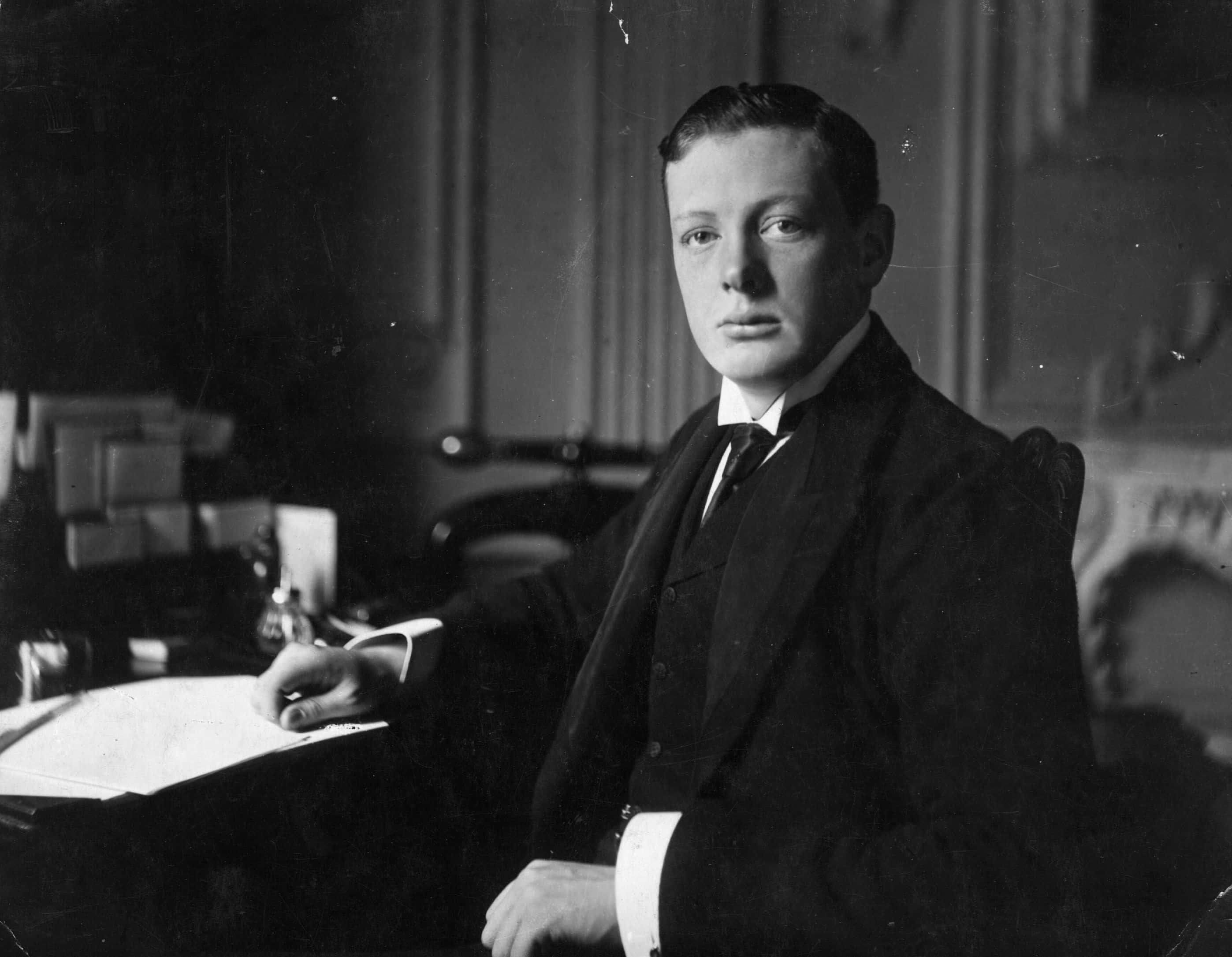
22. Here’s My Ship
Cornelius Vanderbilt took the side of the North during the Civil War and tried to donate his largest steamship to their Navy. The Navy first refused his donation, seeing it as unfit and too expensive for a war they believed would be short-lived. However, as years passed, Abraham Lincoln eventually turned to him for help, and this time he got his ship, the Vanderbilt to serve in the Union Navy. Vanderbilt would later receive a Congressional Gold Medal for his donation.
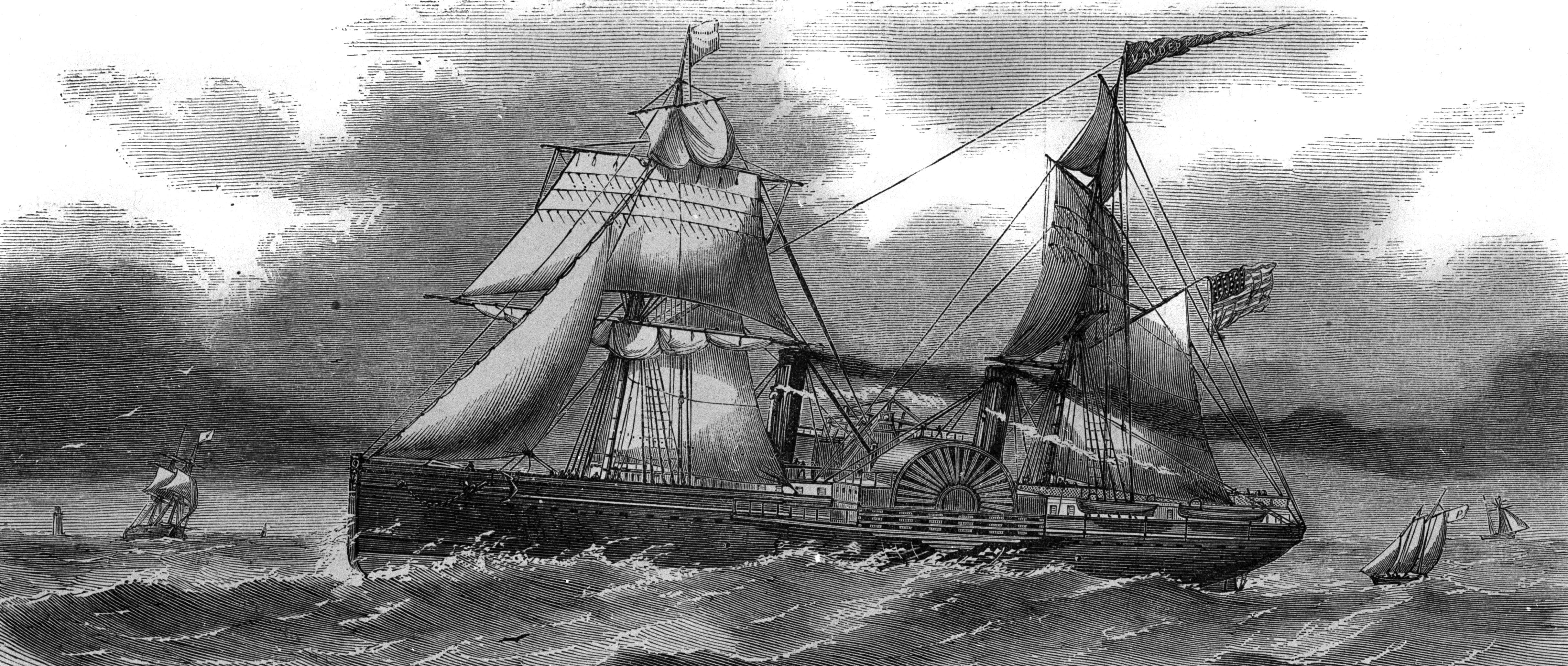
21. The Billion Dollar Company
Of course, it was the Captains of Industry who formed the first billion dollar company, but it took two of them to do so. This happened when JP Morgan created US Steel by buying up the United States steel industry and brokering a deal with Andrew Carnegie. The two barons worked together to get the deal done without a single lawyer or written contract.

20. Plz Make Spelling Easier
Because spelling is super hard, Carnegie tried to simplify the English language in 1906 by founding the Simplified Spelling Board. His goal was to change the spelling of words using a simpler, phonetic method in order to more easily help English become the global language of the world. He even got President Theodore Roosevelt in on it, but eventually, Congress denied their motion.

19. Keeping a Personal Holiday
Most people see their birthday as the most important celebration of the year, but John D. Rockefeller was no ordinary person. On September 26, 1855, Rockefeller took his first job at a grain and coal supplier in Cleveland Ohio. Rockefeller was 16-years-old when he started working, and later in life when he achieved success, he began celebrating that day as the official day he started working in business. He called it his "Job Day" and it was more important to him than his birthday.
18. Skipping the Civil War
As a 23-year-old of means when the Civil War broke out, there was no way Rockefeller was going to fight in it. So, he did what many wealthy men did once he was drafted: He paid for somebody else to serve in his place. This was actually legal at the time, under the Conscription Act, and there are no records of who the man who replaced him was.
17. Carnegie Dodger
It wasn’t just Rockefeller who dodged the Civil War by paying for a substitute in his place. Andrew Carnegie also paid a commutation fee, this one of $850 (which is about $150,000 adjusted for inflation today), as he was already on his way to becoming one of the wealthiest men in the world.
16. Bye-Bye Hookworm
By the early twentieth century, up to 40% of the southern population suffered from hookworm. Rockefeller took it upon himself to open up a charity in his name and use his money to try and cure the population of the disease—and cure it he did. Hookworm was almost entirely eradicated from the United States with the help of Rockefeller.
15. Here’s a Dime
Rockefeller made a habit out of handing out dimes to children later in his life. These were coined "Rockefeller Dimes" and he thought of it as a way to instill a mentality of savings in people. And save they did—many people who received a Rockefeller Dime kept them as keepsakes.
14. Assassination Attempt
Many of the Captains of Industry were targeted in attacks during the turn of the twentieth century, though they would survive them all. Henry Frick even survived two gunshot wounds to the neck at point-blank range and four stab wounds to the leg in an attempt on his life by leading anarchist Alexander Berkman. This attack gained Frick public sympathy, which helped subdue the protests occurring at the time and would lead to the breaking of the long-lasting Homestead Strike, which resulted in 2,500 men losing their jobs and those that remained having their wages halved.
13. Twain Interference
There is a famous face who had a hand in breaking up the Standard Oil monopoly: Mark Twain. It was he who played a role in getting Henry Rogers, a key source from inside Standard Oil who knew about their shady business practices, and Ida Tarbell, the daughter of a business rival who authored the published report detailing all of the dirty dealings, to speak to McClure's Magazine, which released a story on the scandal. This report had a hand in the Supreme Court decision to break up Standard Oil.
12. JP in Panama
When President Theodore Roosevelt brokered a deal to take the province of Panama from Columbia in 1903, he named JP Morgan as the “fiscal agent” to the now independent Republic of Panama. This gave Morgan control over the $10 million of government aid donated by the US to Panama.
11. Why Don’t We Just Open Our Own Club
The famed Metropolitan Club of Manhattan was only founded as an alternative option to the prestigious Union Club. The Union Club was the place to be seen if you were a rich white man in the late 19th century, but after JP Morgan’s close friend John King was denied entrance to the club, Morgan thought "screw it" and founded the Metropolitan Club on 5th Avenue by donating his own land.
10. No Photos
JP Morgan was against people taking his picture. There was only one man, Edward S. Curtis, whom he allowed to photograph him. Morgan’s hatred for taking pictures was a result of him suffering from a skin condition which permanently disfigured his nose.
9. Bailing Out the Government
JP Morgan stepped in to bail out the United States economy with his own funds not once, but twice. The first was during the Panic of 1903, when he loaned the US Treasury 3.5 million ounces of gold after they themselves ran out. The second time was by stepping in to save the New York banks during the Panic of 1907. Due in part to Morgan’s hand in all of this, bankers and politicians worked together to finally create the Federal Reserve system as a fallout of these panics.
8. Electricity Matters
The very first private residency with electricity in the state of New York belonged to none other than JP Morgan, at his home at 219 Madison Avenue in New York City.
7. Blood on their Hands
In 1889, a tragic flood called the Johnstown Flood killed 2,209 people in Pennsylvania, and it was the fault of several Captains of Industry. The South Fork Fishing and Hunting Club, founded in part by Henry Frick, counted many of the wealthiest men of the century as members, such as Andrew Mellon and Andrew Carnegie. On the land owned by the club was the private Lake Conemaugh, which was formed by a dam, which, at the time, was the largest earthen dam in the world. Though the owners were of incredible wealth, they did not take proper care of the dam, even though they were warned about its poor health due to improper maintenance, and on May 31, 1889, it broke.
6. Keeping the Tragedy Silent
Though the Johnstown Flood killed 2,209 people and caused $17 million in damages (roughly $450 million today), the wealthy friends formed the response committee for the flood to ward off any lawsuits and vowed to never speak publicly about the incident. This proved a success, and soon the tragedy was buried.
5. Ford’s Flying Car
With a desire to put everyone into the air after he got everyone into a car, Henry Ford designed and built a flying car in the 1920s. Named the Ford Flivver (you read that right), this flying car was a one seater hunk that weighed 350 pounds and boasted a whopping 35-horsepower engine. Dreams of selling a flying car would soon crash, however, after a test run in 1928 ended with the pilot crashing into the ocean. Sadly, the pilot’s body would never be found.
4. Ford’s Anti Semitism
Though he eventually renounced his writings and belief, there is no denying they happened. Ford was a staunch anti-Semite for most of his life, publishing many anti-Semitic articles in the Dearborn Independent newspaper that he owned from 1920-27—articles that eventually became the conspiracy book The International Jew: The World’s Foremost Problem. Ford was renowned for his beliefs and even accepted a Nazi medal, the Grand Cross of the German Eagle, from Adolf Hitler in 1938.
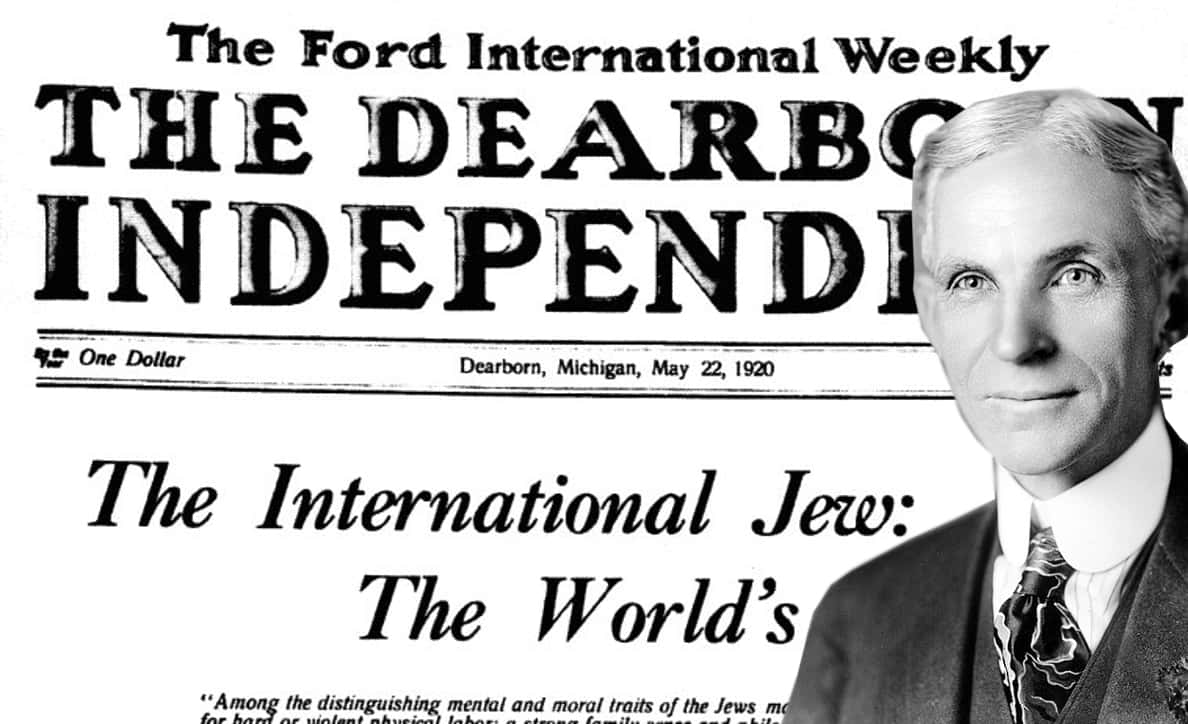
3. Rockefeller Conning
John D. Rockefeller came from an interesting background. His father, William Avery Rockefeller, worked for a long time as a conman. For years, he traveled around and conned people into thinking that he was a doctor who had found a cure for cancer.
2. John’s Mom
William Rockefeller was so good at manipulating people that during his time conning people into thinking that he was an itinerant deaf man so that he could get free meals, he seduced the daughter of one man he conned and ended up marrying her. The name of this woman was Eliza and she would end up being the mother to John D. Rockefeller.
1. You Don’t Get to Eat Better
Andrew Carnegie once reasoned out that he couldn’t pay his employees more because if he did, they may spend that money on buying “richer food and drink” and “better clothing.” This was because he apparently believed living a material life was “beneficial neither to rich nor poor.” Okay, well... insert your own snarky internet comment here.
